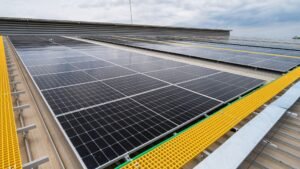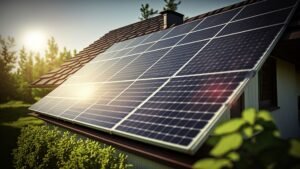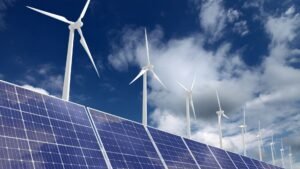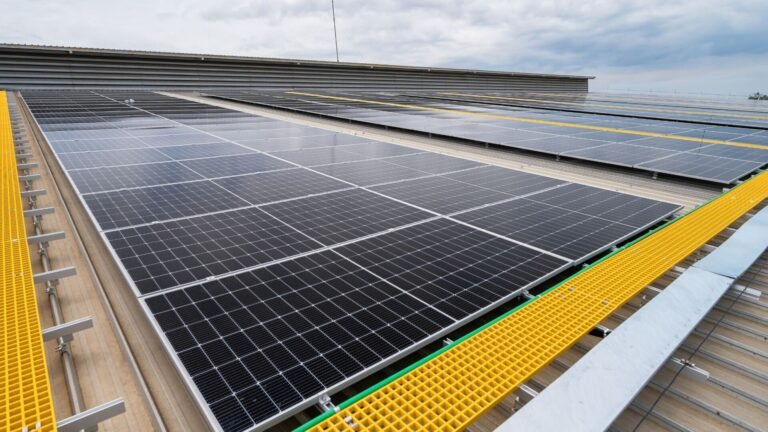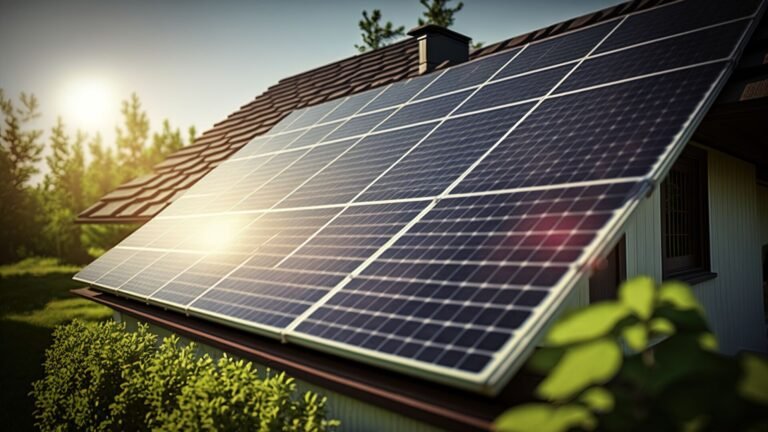Introduction
Bifacial solar panels, capable of capturing sunlight from both sides, offer a significant advantage in efficiency over traditional panels. However, their unique design also presents specific challenges.
This extended guide aims to help you identify and resolve frequent problems encountered in bifacial photovoltaic systems.
1. Shading Impact on Efficiency
Shading can have a more pronounced effect on bifacial panels. It’s not just about the front side; the rear side is equally critical. Shading can come from unexpected sources, including nearby structures, trees, and even the mounting system itself.
Periodic assessments are necessary to ensure both sides are free from shading throughout the day.
2. Installation Nuances for Optimal Performance
Installation of bifacial panels goes beyond just placing them facing the sun. The height at which they are installed, the angle of inclination, and even the direction they face, all play a pivotal role. Incorrect installation can lead to a significant drop in efficiency.
Consulting installation manuals and seeking professional advice are recommended.
3. Cleanliness: A Bigger Priority
Given their dual-sided nature, keeping bifacial panels clean is more challenging yet more crucial. Dust, snow, or leaves on either side can obstruct their efficiency. Automated cleaning systems or scheduled manual cleanings can mitigate this issue.
4. Ensuring Inverter Compatibility
Bifacial panels might exceed the energy output expectations, leading to potential mismatches with existing inverters. Upgrading to a more capable inverter or using microinverters can ensure that you are harnessing all the power your panels generate.
5. Importance of Surface Reflectivity
The ground or surface beneath bifacial panels plays a critical role in their efficiency. Surfaces with high reflectivity, such as white gravel or certain types of grass, can enhance the performance of the panels. Assessing and possibly modifying the ground can lead to significant efficiency gains.
6. Addressing Electrical and Mechanical Integrity
Regular inspections should include checking for loose connections, damaged wires, or signs of corrosion. Mechanical integrity, such as the stability of mounting frames and the condition of the panels themselves, should also be monitored.
7. Calibration of Monitoring Systems
Standard monitoring systems may not accurately track the output of bifacial panels. Specialized monitoring solutions that can account for the dual-sided nature of these panels are essential for accurate performance assessment.
8. Thermal Management for Enhanced Performance
Overheating can reduce the efficiency and lifespan of bifacial panels. Ensuring proper ventilation and adequate spacing can help manage the heat generated, especially in areas with high temperatures.
9. Understanding Snow and Ice Accumulation
In colder climates, snow and ice can accumulate on bifacial panels. While the front may be cleaned easily, the rear side, facing downwards, can be challenging. Solutions include installing the panels at steeper angles or using coatings that repel snow and ice.
10. Navigating Manufacturing Defects
Like any manufactured product, bifacial panels can have defects. Identifying these early through warranty claims or quality checks can prevent long-term problems. Choose manufacturers with robust quality control processes and favorable warranty terms.
11. Adapting to Environmental Changes
Bifacial panels might react differently to environmental changes than traditional panels. It’s important to understand how local weather patterns, like fog or heavy cloud cover, might affect their performance.
Adaptation strategies could include altering the tilt angle seasonally or incorporating weather tracking into your monitoring system.
12. Optimizing for Urban Environments
In urban settings, reflective buildings nearby can either enhance or disrupt the performance of bifacial panels. Conducting a thorough analysis of the surroundings and potential reflections can help in optimizing their placement.
13. Dealing with Bird Droppings and Tree Resins
These natural elements can adhere more stubbornly on bifacial panels. Using protective coatings or installing bird deterrents can help keep your panels clean and efficient.
14. Addressing Voltage Imbalance in String Inverters
If bifacial panels are connected to string inverters, ensure that the voltage levels are balanced across all panels. Imbalances can lead to underperformance and should be corrected promptly.
Conclusion
Bifacial solar panels represent an exciting advancement in solar technology. However, their benefits come with specific challenges that require careful consideration.
From installation nuances to regular maintenance, understanding these aspects is key to maximizing the efficiency of bifacial PV systems.

